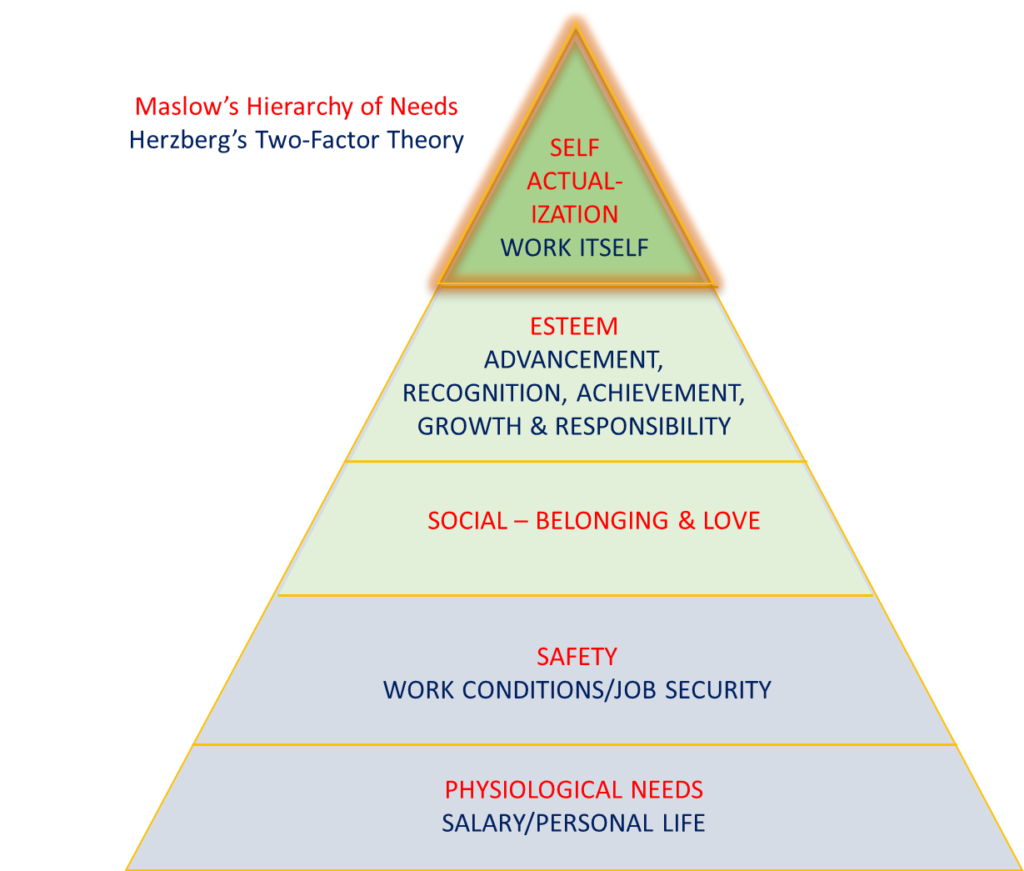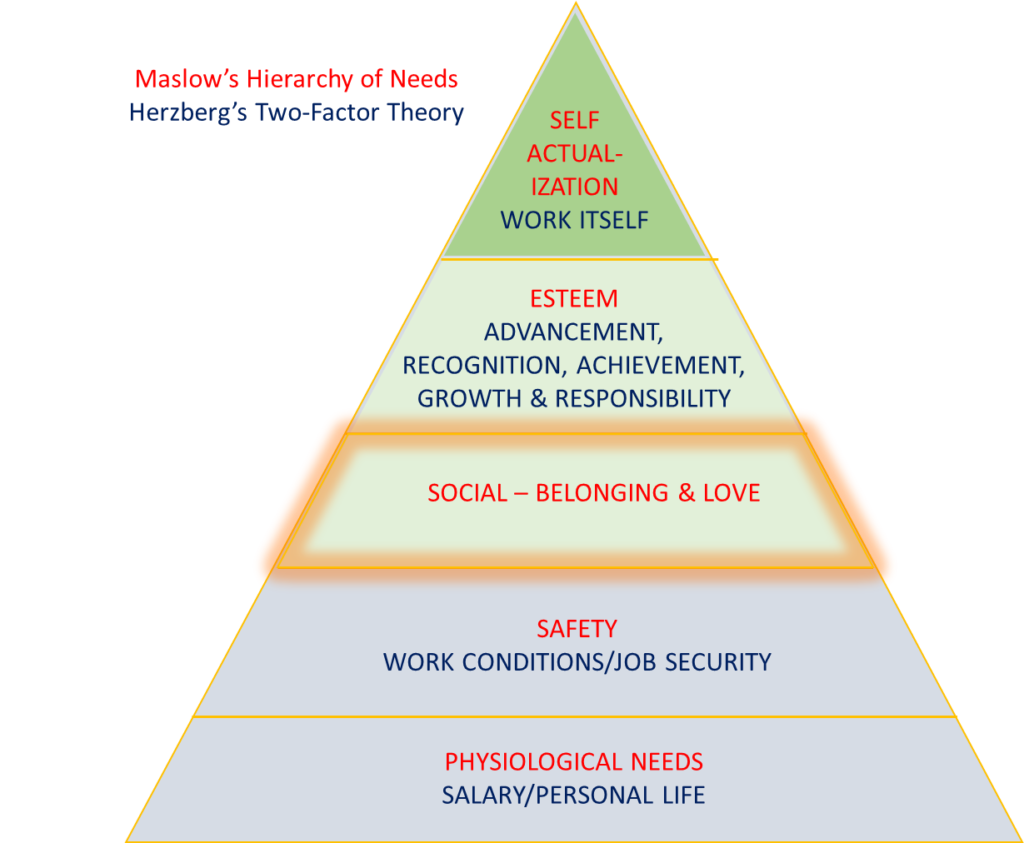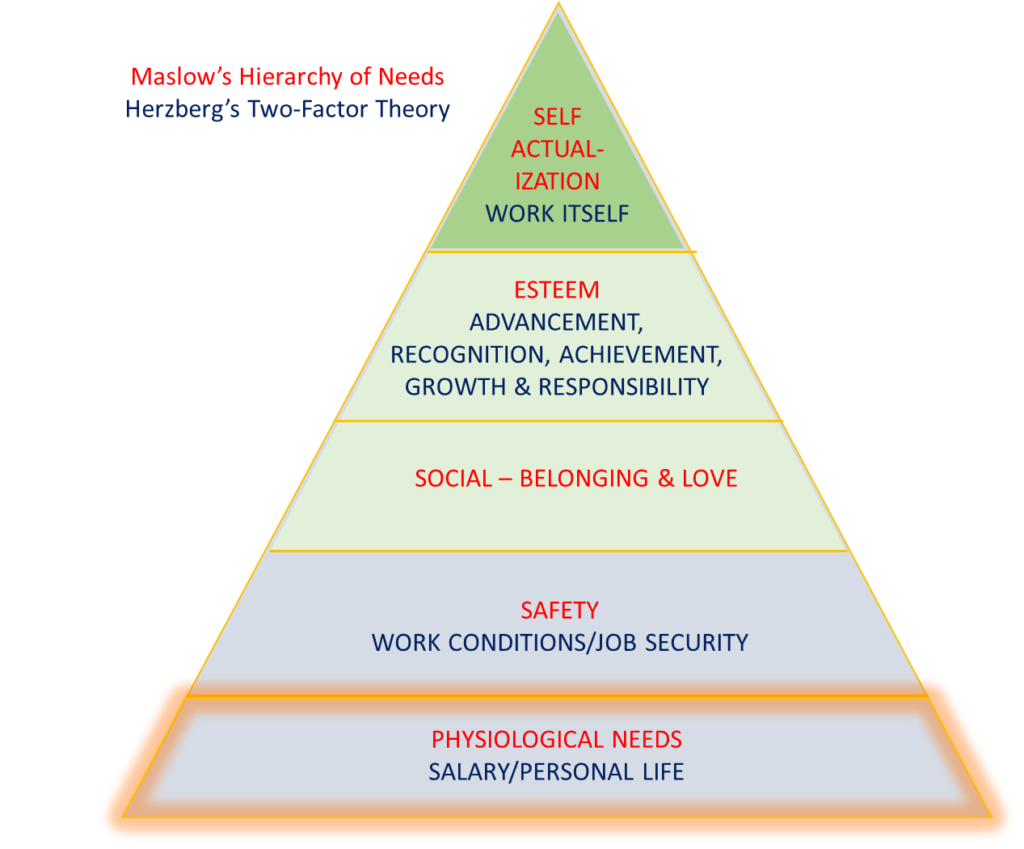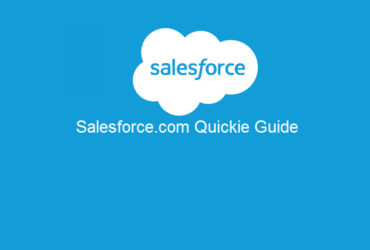Boost Employee Loyalty and Commitment with the right Motivational Triggers
Practical advice on using motivation triggers and tools to increase salespeople’s loyalty, output, and commitment.
The motivation, loyalty, commitment and output of a company’s salespeople are critical to the success of any business. Sales can make or break a company, as salespeople working toward or against the commitment and values of the organization. Motivated, highly productive salespeople will bring positive energy and excitement to the entire organization – and higher sales! However; unmotivated, stressed, and distraught salespeople will drag down your entire organization and spread fear and stress like cancer. Fortunately, there have been a lot of research and experiments conducted around this area and as a result, there is conclusive evidence on how to motivate salespeople and the types of tools that have the highest impact. In this very competitive business landscape, every employer needs to be consistently working towards increasing employee’s motivation and staying on top of their employee’s motivation drivers. With the right motivators in place and proper execution, your organization should be able to achieve:
- More energetic and committed salespeople
- Increased sales pipelines
- Lower turnover rates and salespeople staying with the company longer
- Improved culture of helping others (other salespeople and customers)
- Increased engagement and motivation to beat sales quotas
Concepts, ideas, and inspiration are credited to these authors and scholars:
| Herzberg’s Motivation-Hygiene Theory |
| Maslow’s Hierarchy of Needs Theory |
| The Psychology of Selling by Brian Tracy |
| A Theory of Human Motivation by Abraham Maslow |
| Start with Why: How Great Leaders Inspire Everyone to Take Action by Simon Sinek |
| HBR study on Motivation vs Pay by Thomas Chamorro-Premuzi |
Maslow’s Hierarchy of Needs and Herzberg’s Two Factor Theory are influential and readily accepted theories regarding what motivates human beings and employees at work. Their theories hold true today with many modern authors, scholars, and philosophers that have expanded and superimposed their models of these great works on human motivation. Using Maslow’s Hierarchy of Needs and Herzberg’s Two Factor Theory as a base of how salespeople are motivated, combined with novel research, we can yield a plethora of motivational triggers that can be used and easily implemented in your sales team and organization to yield dramatic results – higher engagement, commitment, and a higher-output sales force.
Approach the below motivation chart with the top as the high-level motivation triggers and the lower level motivational triggers must be in place for the level above to be relevant as a motivational trigger. So for example, only when a human being is able to have shelter and food will the person worry about working conditions and job security, and so one. The organization and sales teams with the most engaged sales force have the highest level of motivation triggers.
 |
Simon Sinek describes this as the “why?” of the organization (or employee). No app can achieve this. This is the reason why the organization exists, what you or organization standards for, and is a highest, most powerful motivator for both salespeople and customers. An organization with a larger sense of themselves, working/achieving towards something greater than making a product or money find it common that their employees devote their life and passion for the success of the organization.
Some examples are Tesla’s ‘Why’ wanting to rid the world of fossil fuel dependency (and has a loyal overworked staff) or Nike ‘Why’ is it wants to inspire the world to push beyond barriers. This powerful motivator is something that comes with time and is a culmination of the organization’s beliefs and behaviors toward this single meaning for existence (Why). In the rare case the organization has a true self-actualization and a ‘Why’ to achieve and exist, this ‘Why’ must also be aligned with the employee/salesperson to achieve this powerful motivation trigger for that salesperson. |
 |
This sweet spot is how you, the sales manager/leader can actually make a huge impact for your salespeople and the organization. This is our sweet spot, too, and how we help and guide sales organizations to achieve better results. We will dive deeper into how using the Abaav Performance application can increase these motivation triggers: Advancement, Recognition, Achievement, and Responsibility if executed well and aligned with team/company objectives and culture. |
 |
This motivation is based on having friends in the workplace, feeling comfortable in their work environment, fostering feeling of cooperation among co-workers, and ability to trust and lean on managers and co-workers. The company’s culture defines how well or poor workers feel about their co-workers. Is there respect, competition, or cooperation? We will also dig deeper on this topic and how the Abaav Performance application can shift your company culture to one of cooperation, helping, and comradery. |
 |
After an employee satisfies his or her need for having a job and a salary, the next level of motivation/need is to feel comfortable in the organization without fear or stress from lack of job security or enduring painful experiences. Salespeople will not be able to perform at a higher-level if they are distracted with the chance of losing their jobs and losing their sales pipeline at a whim.
This is the mandatory motivator and voids all the above motivators if this is not in place. |
 |
Salary is a highly debated topic for salespeople – between high base pay with low commission vs mostly commission. It’s hard to know what is best for you organization but it really does depend on sales cycle length, industry, size of deals, size of organization, etc. However, a recent study by HBS suggests pay, beyond an assured acceptable amount, does not necessarily results in greater output. The study does however state that greater productivity is achieved when the additional pay was presented as a gift, with no strings attached. For example, employees that were offered jobs and accepted at $3/hour and were later told they got an additional $1/hour gift (no strings attached) as a budget allowance performed better then workers that accepted $4/hour jobs. So maybe for this section, it’s important to ask yourself not how much you pay your salespeople but how you pay them. Hint: When Expectation > Actual Reward = Happiness.
However, for all practical purposes, let’s define loyalty as a strong tie that binds an employee to his or her company even when it may not be economically sound for him or her to do so; which would deem this section irrelevant as long as the employees are getting a fair market rate. This is the mandatory motivator and voids all the above motivators if this is not in place. |
 Based on what is shown in the chart above, as a sales leader, you only have control to affect motivation in the highlighted motivation triggers (Esteem and Social). The highest motivation trigger (Job Itself) is an intrinsic motivator and difficult to control. The lowest two motivational triggers (Safety and Physiological Needs) are basic needs which do not yield highly motivated employees; however, lacking those two lowest motivational triggers will result in a stressed and fearful culture. To raise the bar within your organization and with your salesforce means setting up a high-esteem and high-social culture. We will explore how you can do this, and how Abaav Performance can help.
Based on what is shown in the chart above, as a sales leader, you only have control to affect motivation in the highlighted motivation triggers (Esteem and Social). The highest motivation trigger (Job Itself) is an intrinsic motivator and difficult to control. The lowest two motivational triggers (Safety and Physiological Needs) are basic needs which do not yield highly motivated employees; however, lacking those two lowest motivational triggers will result in a stressed and fearful culture. To raise the bar within your organization and with your salesforce means setting up a high-esteem and high-social culture. We will explore how you can do this, and how Abaav Performance can help.
Advancement
The advancement motivator is a powerful motivator for salespeople to achieve and commit to their existing job in order to to advance to their next goal. For the advancement motivation trigger to be fully realized, there must be clear path for the salesperson to know what they must achieve in job A to get to job B. The salesperson must have a clear path what job B is and what/how he or she must do to get to it. How do you track if the salesperson in on track? Is it qualitative or quantitative? Qualitative driven advancement may backfire due to actual or perceived resentment, favoritism, or unfair judge of character. Quantitative-driven measurement provides clear cut-and-dry results. For example, you can start with setting basic output-oriented goals such as revenue or number of closed deals. This has its advantages and gauging this is good; however, it has its drawbacks. Gauging output-oriented goals will not compute commitment or how much energy goes into getting revenue/closed deals for this sales person. In addition, output-oriented goals are usually measured based on monthly or quarterly periods, which does not evaluate the daily drive and grind. Consider measuring input-oriented goals. These can include: number of outbound emails to new prospects, number of outbound calls to new prospect, or total number of LinkedIn interactions. The input-oriented goals are usually measured at the daily level and are a good indicator of drive and commitment. If a sales rep is unable to close deals, but is committed to the organization with high input goals, maybe their strength could be a team lead instead of a closer role such as Account Executive.
Abaav Peformance allows you to evaluate both output and input goals to judge advancement from both perspectives.
Recognition
Recognition is a great motivator for salespeople. Salespeople want leadership and coworkers to know when they are crushing quotas, closing large deals, and leading the pack in whatever metric they are achieving. Real-time recognition is what makes the recognition motivator move the needle. Use the Abaav Performance to have real-time leaderboards on the TV and web application.
Achievement
Achievement is performing a job successfully. How does someone know they are being successful at the job at task? Well, a good start is to have a dashboard of accountability and knowing real-time if you are achieving your daily objective. How often are salespeople placed in roles and are told to just run? What is the expectation, goal, and how do I know I am achieving success. This is easy with Abaav Peformance. Abaav Peformance tells you if you are achieving both short-term and long-term goals set upon you by your leader and the organization.
Responsibility
Responsibility is having a duty to do something AND full control to do it. When you know there is something that you are responsible for and you are in full control to achieve this responsibility, this is a motivational trigger. Many times salespeople are distraught when a major deal goes south or when a month does not pan out like the previous due to circumstances beyond their control; however, hitting input goals (i.e. number of outbound emails), something that they do have a lot of control over, can be a responsibility that can yield a great motivational trigger.
Social Well-Being & Belonging
Do you sometimes feel that your sales team are more like track and field individuals than a cohesive basketball team playing together to achieve greatness? Sometimes the wrong type of pressure or culture creates individualism; where individuals shine and can become sales rock stars, oftentimes hindering the culture by– not helping others and not promoting positive support. A great way to shift individual output is by establishing group-level goals, and setting up groups compete with one another. This type of setup in the Abaav Performance application can yield comradery, friendship, and unexpected higher than individual outputs driven by the need/will to help others.



